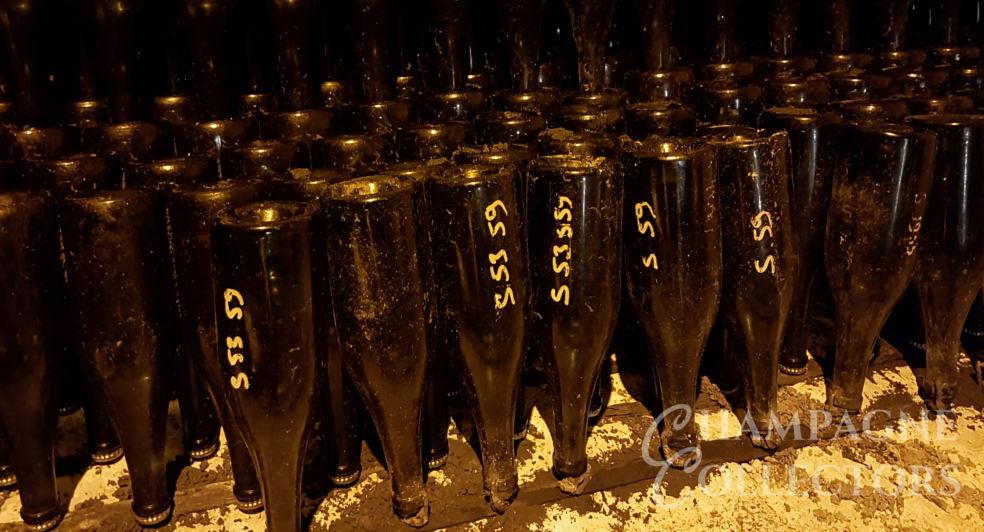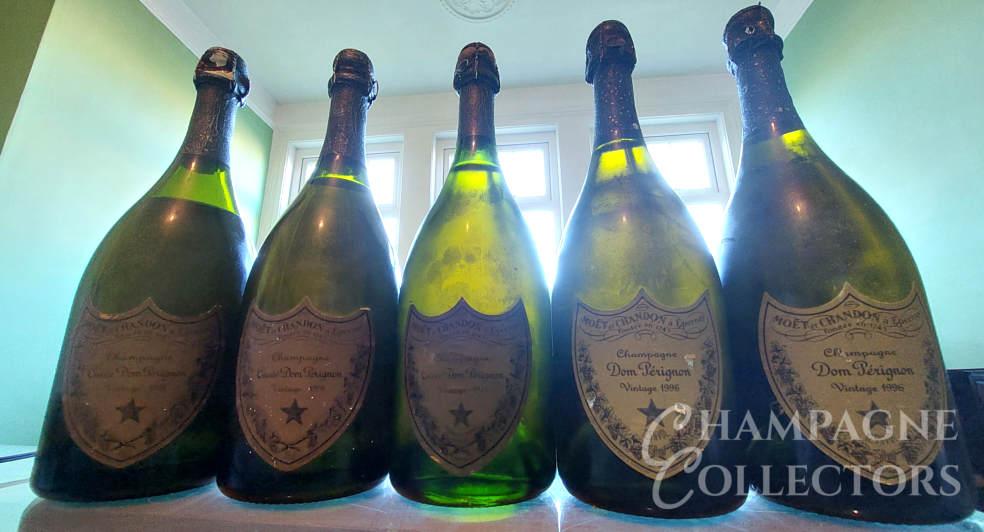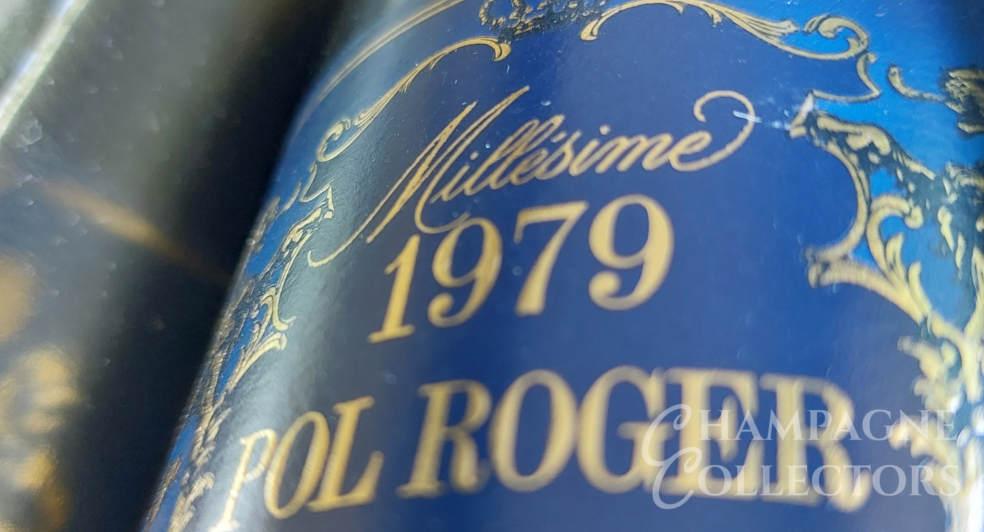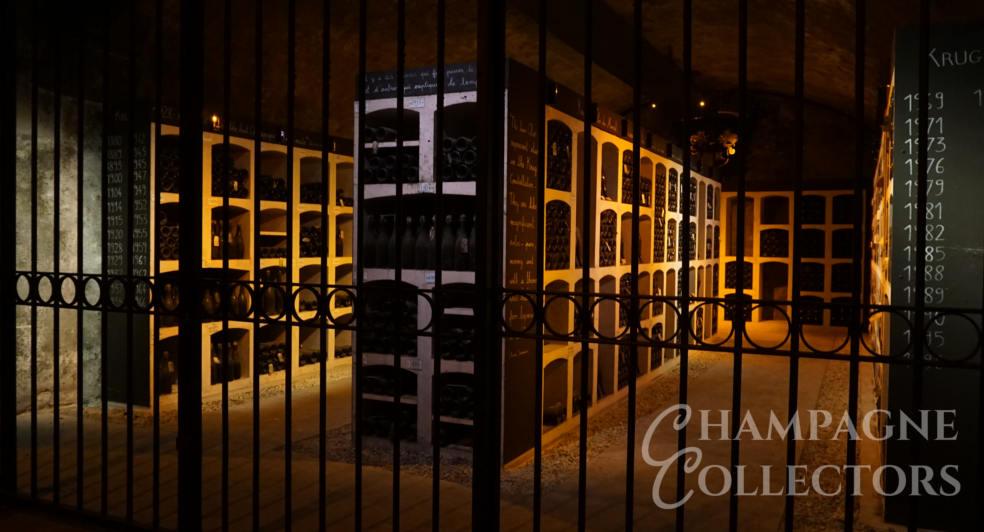The beauty of Champagne, or in fact any wine, is that we have lots of choice and we can easily satisfy our preferences both is style options and their accessibility. There is plenty of variations within wine from colours to grapes, production methods to price. Another category to choose from is age and the ability to opt for young wines or those with more age / maturity.
In the world of wine there are many views, opinions, debates and at times intense, sometimes litigious, arguements over what makes a wine high scoring and another not. We will not be so argumentative here, instead let us look at certain facts together in hope you can formulate your own opinion if vintages Champagnes are worth it.
I would assume we do not need a basic introduction into vintage Champagne, but if you want to read up on the basics then please visit another blog on our website: What is Vintage Champagne?
Is vintage Champagne worth the wait? First of all, by law, in order for a Champagne to be classified as a vintage, it will require longer aging as standard to non-vintage, so initially we have to be more patient for it to be released. Normally, a vintage Champagne contains the best grapes from the best harvests, it will be the more prestigious release from the winery and it will be a showpiece so time will be taken over it's preperation.
The juice from vintage Champagne years are suggested at being far better for aging and developing superior aroma and flavour characters. Many Champagne houses, from generations on generations of past winemaking experience, will allow their vintage cuvées longer aging in cellars to reach optimum quality. They will also know, that when released, further aging will only enhance the wine.
Many will agree that a true vintage displaying the greatest characters, will have undergone longer aging with names such as Salon adopting 10 years of bottle aging in their cellars and Dom Perignon with an average of 8 years.
Is vintage Champagne worth the price? As mentioned, vintage Champagne requires longer aging so this will incurr more costs to the winemaker. They are also made from the best grapes of the best vintages so once again, this will automatically increase the value. Many of the big house names will have a very famous label for their vintage release and this brand awareness will also increase the price. Examples include: Dom Perignon (Moet et Chandon) - Winston Churchill (Pol Roger) - Cristal (Louis Roederer). These vintages will also likely be released with superior presentation, many within packaging / boxes.
Most times the production amounts will be lower and usually the demand high, so these two combined can only mean one thing - High prices which increase with annual scarcity. The older the vintage, including late releases from house such as Collection from Krug or P2 and P3 from Dom Perignon, will see assured price increases on both annual scarcity and taste quatlity improvements uptil suggested drinking window and there after it is unknown... will the drinking window be extended and quality increased or will there be a dip as the wine's performance declines and instead becomes merely an age taste experience over quality taste experience - Remember, in the world of Champagnes, 'who wouldn't love to taste a 100 year old Champagne' even though it might be not overly drink worthy and this fact adds £'s $'s €'s!



